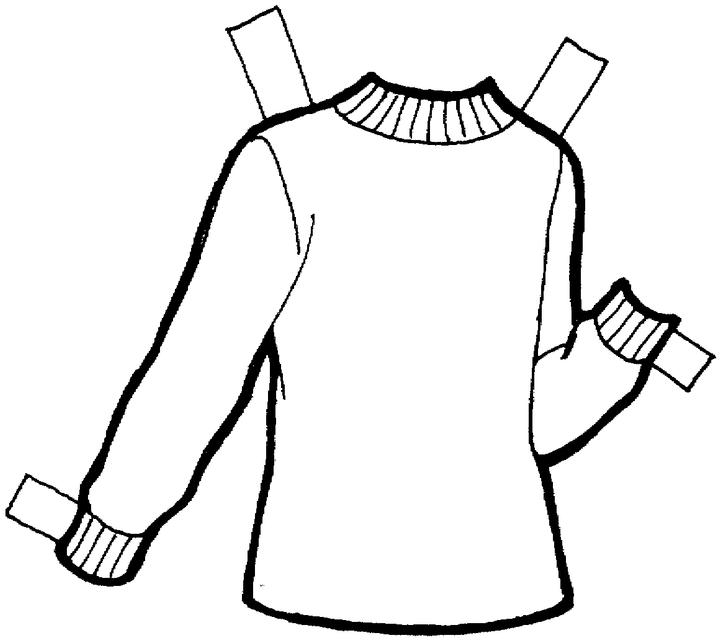
In the last post, we talked about a number of undergarments which go by different names depending on the Spanish language variant. We also mentioned different styles of pants whose names will also vary according to the speaker’s country. Today, however, I’d like to discuss the clothes we use to cover our torsos—whether under or over—which, of course is subject to the same linguistic variations. A paradigmatic example to illustrate how varied this terminology is is that of the garment which in Spain is known as “jersey,” and which in Latin America adopts the various names of suéter, sweater, polerón, pulóver, chumpa and chomba. The word chomba, in fact, presents its own problems, since in the Río de la Plata region it refers to a button-neck shirt (a polo shirt, for English speakers), different from a remera (T-shirt). This same garment in Spain and other countries is called “polo” (a word which given its many meanings has to be one of the most polysemous in the Spanish language).
In terms of collarless shirts, we find that besides the term remeras, they’re also known as poleras, franelas or playeras, depending on which part of Latin America you find yourself in. There is also wide linguistic variety when it comes to warmer garments, such as sudadera, chándal, buzo (for “sweatshirt”) and chaqueta, campera, chamarra, cazadora, chupa, etc. (for “jacket”). And if we talk about women’s undergarments, then we really get deeper into confusing territory, where the “bra” is variously known as sujetador, brasier, sutién, corpiño and sostén (to name just a few variants).
What other articles of clothing present this kind of problem? What names do they go under? Which, among the many suggested names, do you think are more “neutral,” enough to be universally used by all Spanish speakers?
To read the original Spanish post go to https://www.trustedtranslations.com/nuevas-prendas-de-la-coleccion-otono-invierno-2012-05-30.html
